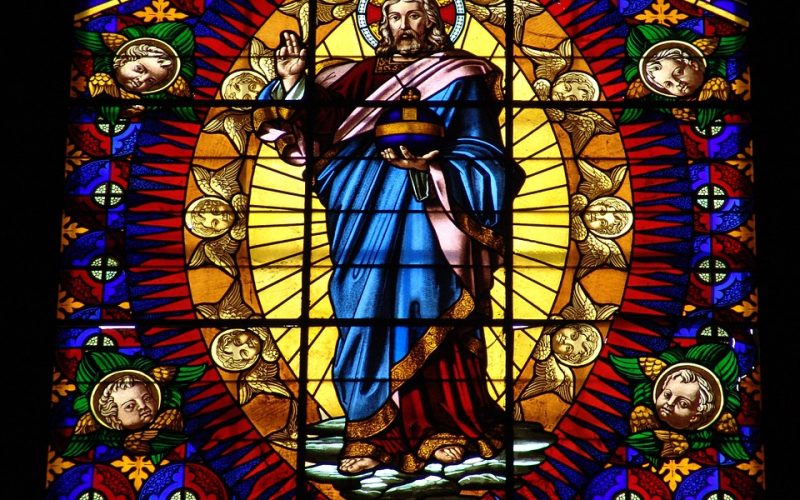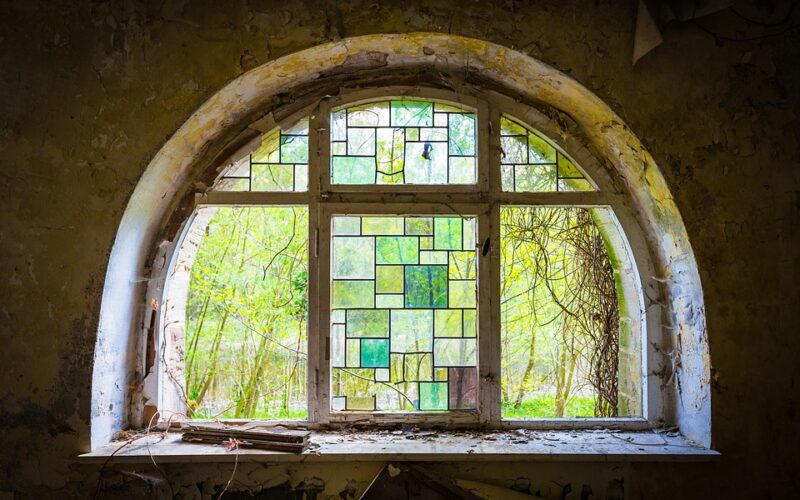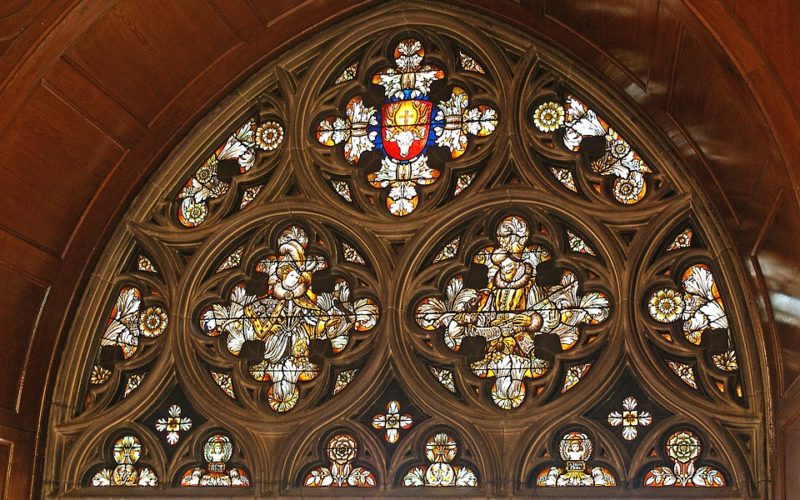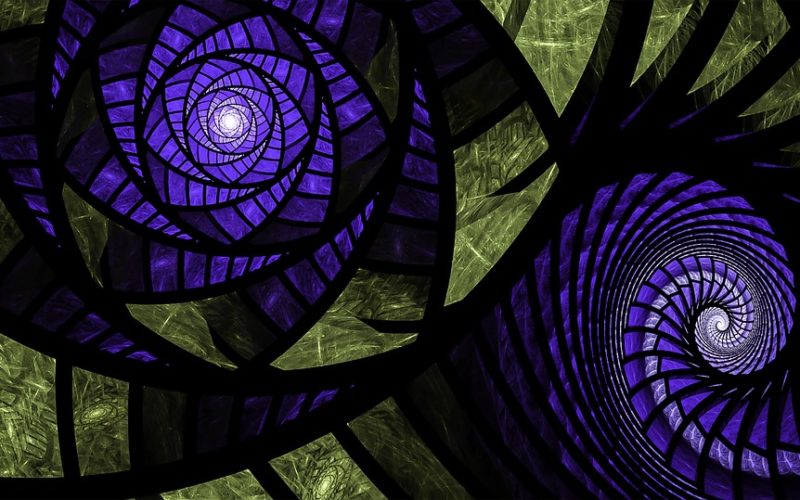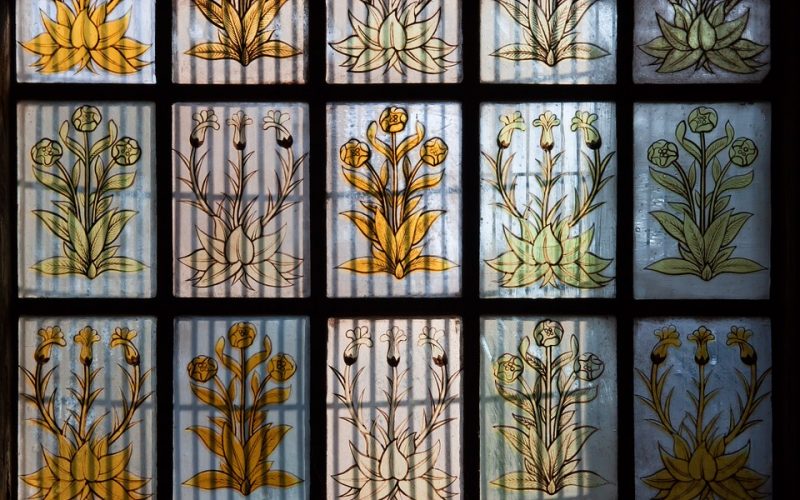There is no one person who is credited with the invention of stained glass windows. The Romans were great collectors of beauty. Around the beginning of the first millennium, they sported wine glasses made of various colors. Eventually the Romans figured out how to make glass into flat panels for windows and also to spin it for cylinders. At some point, an artisan figured out how to cut up glass that had been colored and turn it into a picture.
While the beginnings of stained glass are murky at best, it is known that one of the best customers for this new product was the Roman Catholic Church. After Rome accepted Christianity, they spread it throughout the lands they conquered. The Church built a great many cathedrals to attract their new charges. They wanted beauty and elegance in these large buildings. Stained glass windows were a perfect way for them to demonstrate the stories of the Bible. Many glass workers were employed in keeping up with the Church’s orders for this new art form.
During much of the early history of the church, few people were taught to read and write. A series of stained glass windows would tell peasants a selected story of the Bible. This is a method still used today to decorate many churches. In Europe, it was an educational device as well as a way to add beauty and mystery to worship services. It gave the common masses of people a chance to experience art on a personal basis and in conjunction with their church attendance. This is the main reason cathedrals have stained glass windows.
In the modern world, it is not necessary to commission a glass artist to make a stained glass window. Flat planes of glass are very common, and glass decals and glass transfers are used to add the decorations. The colors and figures are still used in many religious buildings to tell basic stories of the faith. Stained glass windows are occasionally found in older homes as well. The designs for homes tend to be more geometrically designed and are much rarer than those found in religious buildings.
